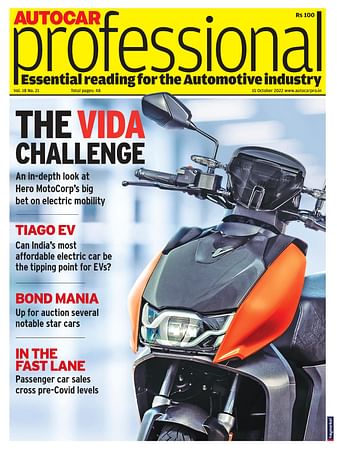India’s first-ever highway capacity manual is out
Manual will guide road engineers and policy makers about road expansion; lays down guidelines for when and how to expand or manage different types of roads and their intersections and the level of services to be put in place.
Nitin Gadkari, Minister of Road Transport & Highways, Shipping and Water Resources, River Development and Ganga Rejuvenation, today released India’s first-ever highway capacity manual in New Delhi.
The manual, known as Indo-HCM, has been developed by CSIR–CRRI on the basis of an extensive, country-wide study of the traffic characteristics on different categories of roads like single lane, two-lane, multi-lane urban roads, inter-urban highways and expressways and the associated intersections on these roads.
The study involved seven academic institutions including IITs at Roorkee, Mumbai and Guwahati, School of Planning and Architecture, New Delhi, Indian Institute of Engineering and Science and Technology, Shibpur, Sardar Vallabhai Patel National Institute of Technology, Surat and Anna University, Chennai.
The manual lays down guidelines for when and how to expand or manage different types of roads and their intersections and the level of services to be put in place. Designed to be a useful tool for guiding road engineers and policy makers in the country, it has been developed based on the unique nature and diversity of traffic on Indian roads. While countries like USA, China, Malaysia, Indonesia and Taiwan developed their own highway capacity manuals years ago, this is the first time that the manual has been developed in India.

Speaking on the occasion, Gadkari expressed hope that the manual would help in the scientific planning and expansion of road infrastructure in India. Calling upon the scientific fraternity, as well as the designers, policy makers and executioners of highways projects the minister said that India urgently needs to catch up with the world’s best technology and practices being used in the sector to build world class infrastructure that is safe, cost effective and also environment friendly.
Gadkari also underscored the need to popularise the use of new material like fly-ash, plastic, oil slag and municipal waste in road construction, saying that scientists and the media should also play an active role in this regard. He also called upon researchers and engineers to expedite formulation of a good design for safe and effective speedbreakers for Indian roads.
Also read: 1,317 accidents and 413 deaths on Indian roads each day in 2016
RELATED ARTICLES
Maruti's Kharkhoda Plant construction in full swing
Maruti Suzuki has proposed to spend more than Rs 7,000 crore for the construction and commissioning of this plant which ...
July 2024 From R&D incentives to EV infrastructure: What auto components industry expects from Budget 2024
July 2024 From R&D incentives to EV infrastructure: What auto components industry expects from Budget 2024
Vemuri Young Artist from India Recognized as one of the Winners at 16th Global Toyota Dream Car Art Contest
Vemuri Young Artist from India Recognized as one of the Winners at 16th Global Toyota Dream Car Art Contest






 By Autocar Pro News Desk
By Autocar Pro News Desk
 12 Feb 2018
12 Feb 2018
 7601 Views
7601 Views









